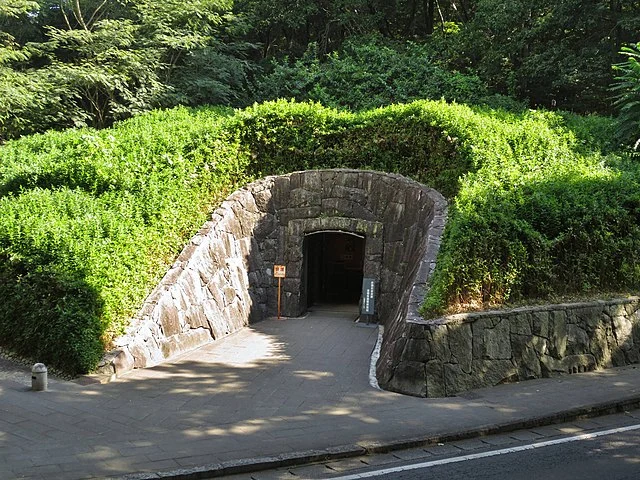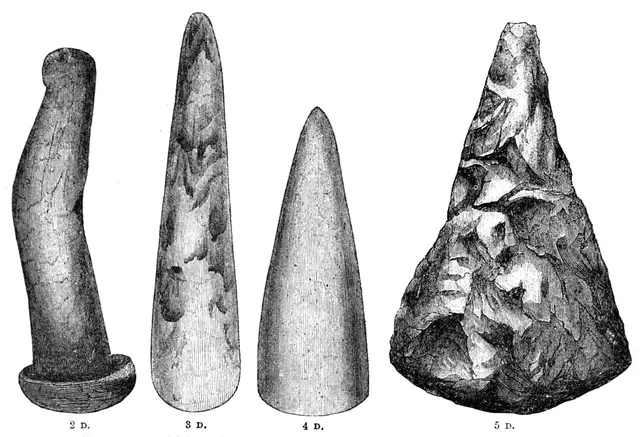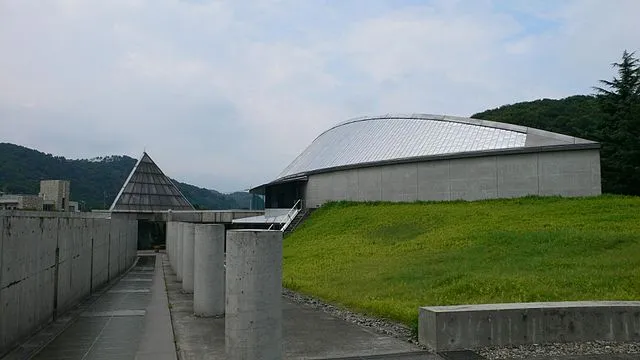The Iwajuku Site is a significant archaeological site located in Gunma Prefecture, Japan. Discovered in 1946, this site has provided crucial insights into Japan’s Paleolithic period. This era, which predates the advent of agriculture, represents a time when early humans in Japan relied on hunting, gathering, and stone tools for survival.
Get your dose of History via Email
Discovery and Excavation
In 1946, amateur archaeologist Aizawa Tadahiro discovered the Iwajuku Site. While digging into a hillside, he uncovered stone tools beneath a layer of volcanic ash. This discovery was groundbreaking. At the time, many experts doubted the existence of a Paleolithic period in Japan.
The excavation led by Aizawa revealed stone tools buried under the Kanto Loam Formation. This layer of volcanic ash, dating to around 30,000 BC, preserved these artifacts. The tools found included scrapers, points, and other implements made from chert and other stones.
Significance of the Iwajuku Site

The Iwajuku Site provided the first clear evidence of a Paleolithic culture in Japan. The tools discovered there indicated that early humans occupied Japan much earlier than previously thought. Before this discovery, Japan’s prehistory was largely understood through the lens of the Jomon period, which began around 14,000 BC.
The Iwajuku findings pushed back the timeline of human habitation in Japan to at least 30,000 BC. This discovery challenged existing theories and opened new avenues for research into Japan’s ancient history.
Paleolithic Japan: A Brief Overview

The Paleolithic period in Japan spans from around 35,000 BC to 14,000 BC. During this time, early humans used stone tools for hunting and gathering. These tools were often simple and unpolished, reflecting a basic level of technological development.
The people of this era likely lived in small, mobile groups. They followed herds of animals and moved with the seasons to find food. Evidence from sites like Iwajuku suggests that they had a deep understanding of their environment, which allowed them to survive in diverse and sometimes harsh conditions.
Iwajuku Site’s Contribution to Archaeology
The Iwajuku Site’s discovery marked a turning point in Japanese archaeology. It proved that Japan had a rich and complex prehistory that extended far beyond the previously understood timeline. The tools found at Iwajuku provided the first tangible evidence of human activity in Japan during the Paleolithic era.
Further research at Iwajuku and other sites has continued to expand our understanding of this period. Archaeologists have since discovered numerous Paleolithic sites across Japan, uncovering a wide variety of stone tools and other artifacts.
Conclusion
The Iwajuku Site is a landmark in the study of Japan’s prehistory. Its discovery in 1946 challenged existing assumptions and extended the known history of human habitation in Japan by thousands of years. The site remains a critical reference point for researchers studying the Paleolithic period in Japan. Through continued excavation and study, the Iwajuku Site continues to shed light on the lives of Japan’s earliest inhabitants.
Source:

